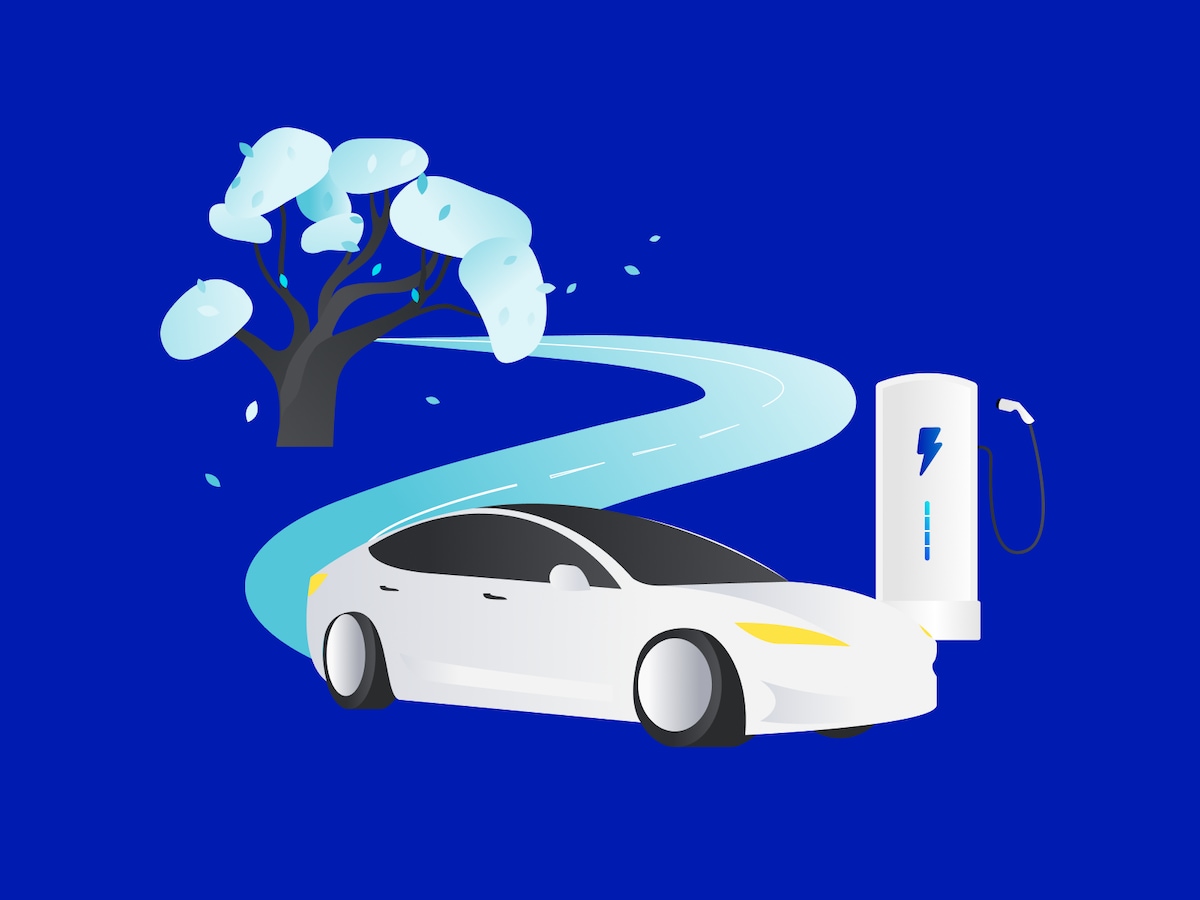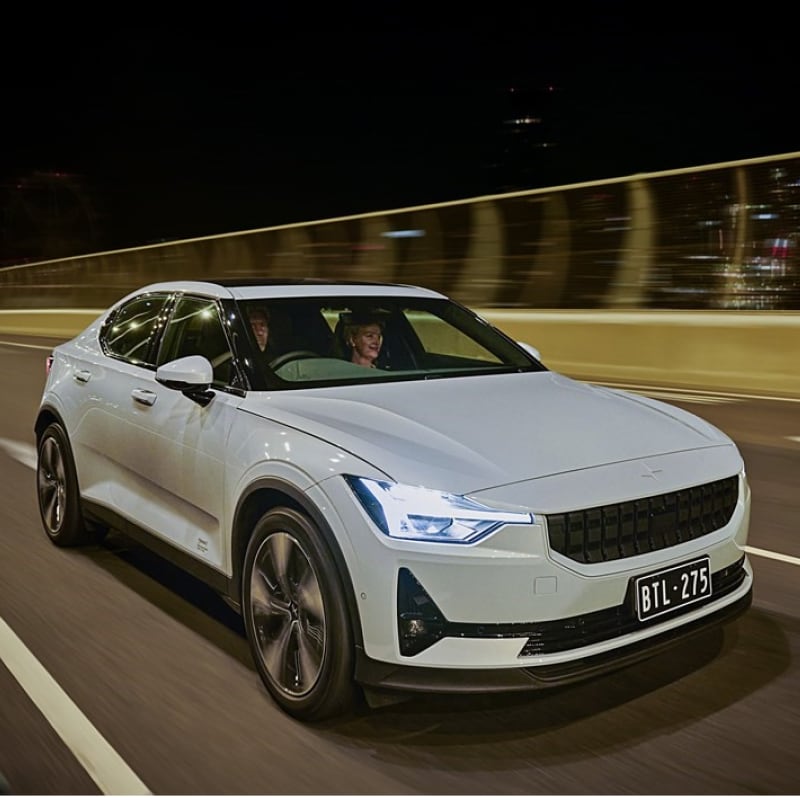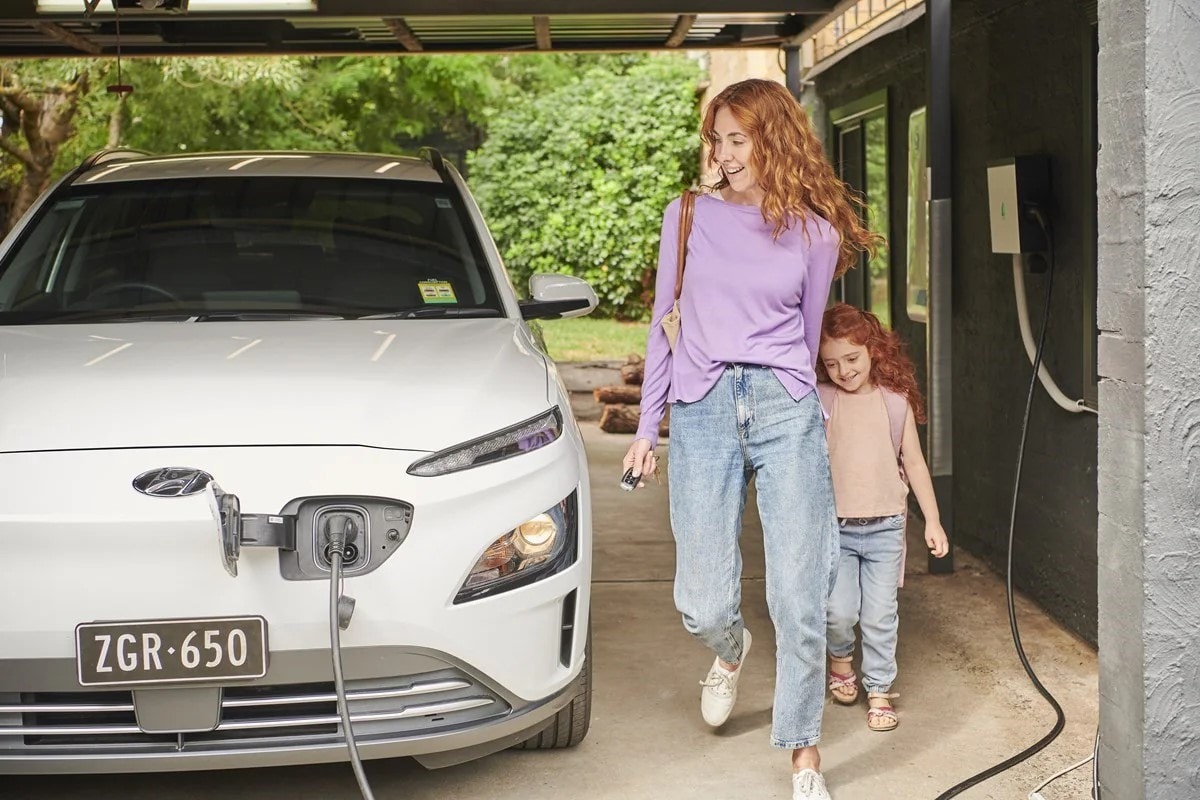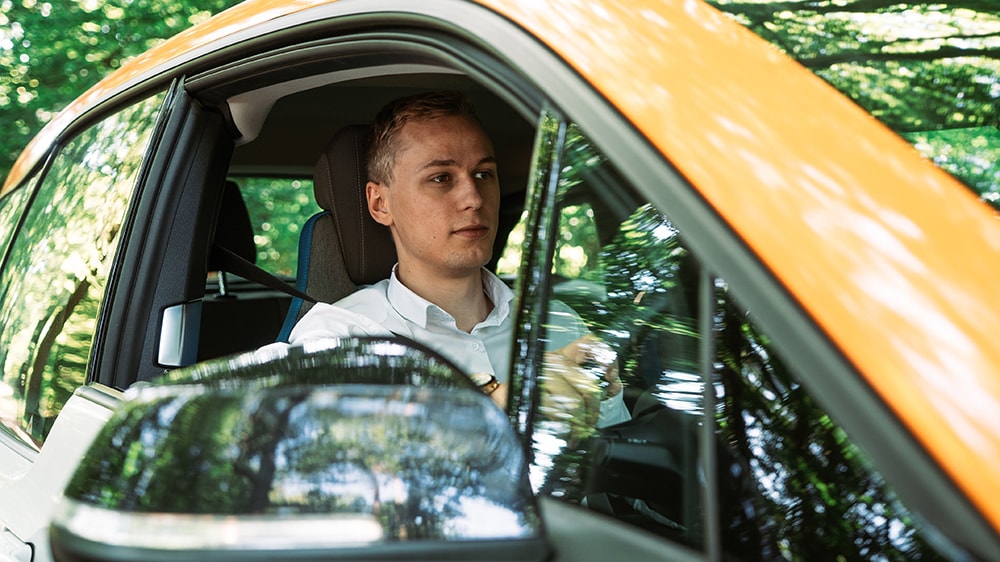While charging your electric vehicle (EV) at home is usually the most affordable option, – especially with dedicated EV home energy plans like our Nightsaver EV Plan – it’s not always possible. Fortunately, Australia’s EV infrastructure is growing, which means there are more places to plug in when you’re on the road.
In 2023, Tesla opened 30 of their Superchargers to other electric vehicle brands in Australia, and they have made sites more available to non-Tesla users since then. Offering charging speeds between 120kW and 250kW, they can shave minutes, if not hours, off your charging time. But while the promise of adding up to 282km of range in just 15 minutes sounds appealing, there are a few things to be aware of before you rush out to the nearest charging station.
You can find the closest Tesla charging station by searching Tesla’s interactive map. Click the ‘Find us’ button, and before you enter your location, edit the search terms to include ‘Other EV’ under the Superchargers heading.



